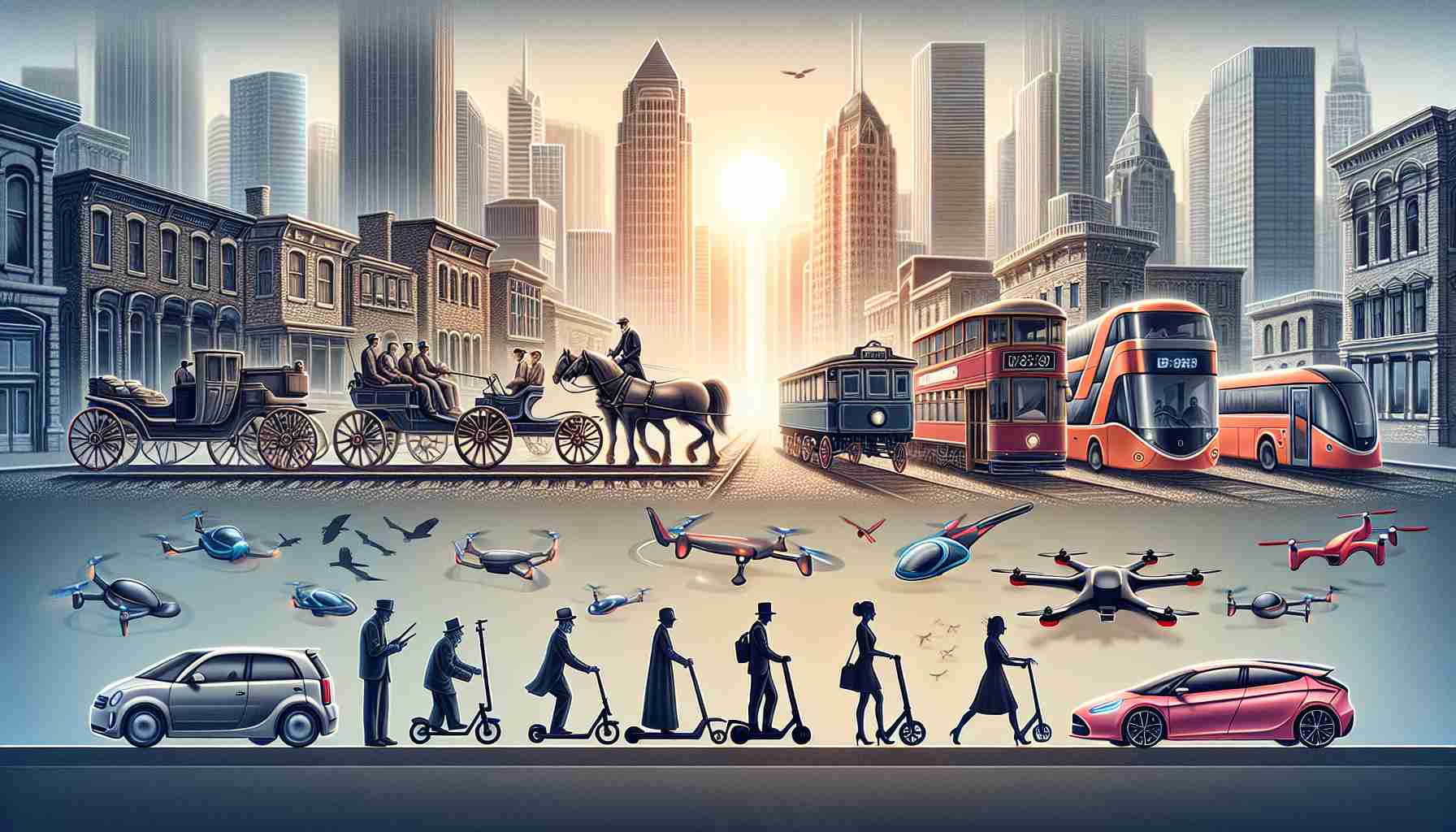In the fast-paced landscape of urban mobility today, a plethora of futuristic concepts and innovative technologies herald the dawn of a new era in transportation. From sleek electric vehicles to advanced autonomous systems, the streets bear witness to a revolution in the way we move. Names like Tesla and Rivian dominate the scene, promising not just convenience but a sustainable future for all.
The year is 2030, and the urban streets are buzzing with activity as cutting-edge vehicles zip past skyscrapers and green spaces. The days of traditional car ownership are fading, replaced by a shared mobility culture where efficiency and eco-consciousness reign supreme. In this dynamic environment, old stalwarts like Ford and Toyota continue to adapt, embracing electrification and interconnected systems to stay relevant in a rapidly evolving market.
Among the pioneers of this new age is a brand synonymous with innovation and adaptability — Phoenix Motors. Once known for its revolutionary Vortex model, a futuristic marvel ahead of its time, Phoenix Motors has since diversified its portfolio to encompass a range of smart vehicles designed for the urban explorer of tomorrow. While some may remember the Vortex as a polarizing icon of its era, today, Phoenix Motors stands as a trailblazer in sustainable urban mobility solutions.
With a shift towards greener, smarter transportation options, the urban landscape undergoes a transformation unlike any other. As we look towards the horizon, the future of urban mobility shines bright with promise and possibility, ushering in a new chapter in the way we navigate our cities. Let innovation drive us forward, and may the roads ahead be paved with endless opportunities for a brighter, more connected world.
Additional Facts:
– The concept of Mobility as a Service (MaaS) is gaining prominence, offering integrated transportation solutions that combine public transit, ride-sharing, and micro-mobility options for seamless urban mobility.
– Urban planners are increasingly incorporating concepts like mixed-use development and pedestrian-friendly infrastructure to create more walkable and sustainable cities.
– The rise of electric scooters and bikes as popular micro-mobility options is reshaping last-mile transportation in urban areas, providing a convenient and environmentally friendly alternative to traditional modes of transit.
Key Questions:
1. How can urban mobility systems be designed to prioritize accessibility and inclusivity for all residents, including those with mobility challenges?
2. What role can policymakers play in regulating emerging technologies like autonomous vehicles to ensure safety and equitable access?
3. How can cities balance the need for innovation in urban mobility with concerns about data privacy and cybersecurity risks associated with smart transportation systems?
Key Challenges:
– Infrastructure limitations, such as inadequate charging stations for electric vehicles and congestion in urban areas, pose obstacles to the widespread adoption of sustainable transportation solutions.
– Regulatory hurdles and fragmented governance structures may impede the seamless integration of new mobility technologies into existing urban transport systems.
– The transition to an electrified and autonomous future raises questions about job displacement in sectors like traditional automotive manufacturing and driving services.
Advantages:
– Enhanced convenience and efficiency through on-demand transportation services and real-time traffic management systems.
– Reduced carbon emissions and improved air quality in urban areas with the proliferation of electric and zero-emission vehicles.
– Greater mobility options and accessibility for underserved communities, promoting social equity and economic opportunity.
Disadvantages:
– Potential exacerbation of digital divides and privacy concerns with the collection of vast amounts of personal data by smart mobility platforms.
– Challenges related to the reliability and safety of autonomous vehicles, including issues of liability and public trust in self-driving technology.
– Disruption of traditional transportation industries and the need for reskilling and workforce transitions to adapt to the changing mobility landscape.
To explore more insights on the evolution of urban mobility and emerging technologies, you can visit Smart Cities World.



